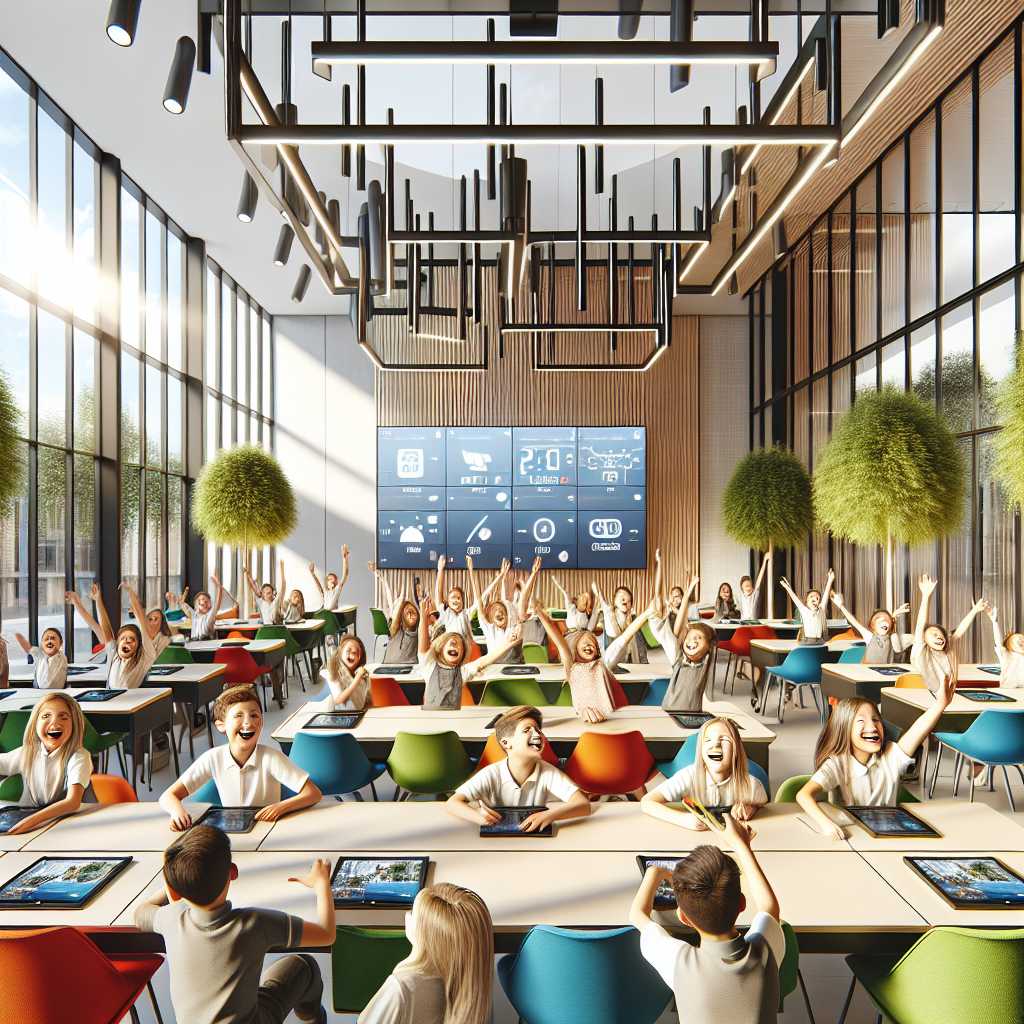Understanding the Evolution and Dynamics of the Modern Classroom
The classroom is robustly established as the arena for formal education—a place where learning is cultivated, and minds are enriched. As societies have evolved, so have their classrooms, morphing in design to suit teachings that inevitably meet the cognitive and social needs of students. Today’s classrooms are the amalgamation of centuries of educational practices, theories, cultural influences, and technological advancements.
Historical Development of the Classroom Setting
The traditional concept of a classroom has its roots deeply embedded in ancient civilization, where an instructor or philosopher would impart knowledge to pupils gathered around. The evolution underwent various phases and the proverbial four walls of a classroom encompassed everything from outdoor spaces in ancient Greece to monastery halls in the Middle Ages. By the 18th century, a more structured education system began to take shape, leading to the birth of contemporary standardized classrooms where rows of desks and a centralized board became characteristic features.
Integration of Technology and Digital Learning
Technology has significantly transformed the structure and accessibility of modern classrooms. With whiteboards replacing chalkboards, and digital devices becoming mainstays on students’ desks, educators adapt to an ever-increasing digital influence. The availability of online learning platforms has expanded the classroom beyond physical confines, allowing for virtual classrooms where interactive digital resources supplement traditional teaching methods. Thus, present-day classrooms often merge physical and digital elements to cater to various learning styles.
Design and Arrangement Influencing Learning
Room layout is far from being just a matter of logistics; it influences how students interact with each other and their teachers. Modern educational research advocates promoting collaboration through group-centric desk formations, flexible seating arrangements, and learning stations catered toward specific activities or subjects.
The Classroom as a Social Environment
A classroom is not only a space for academic learning but also serves as a crucial environment for social development. Group activities help build communication skills, empathy, and communal consciousness among students. The importance of inclusivity has been recognized progressively, with educators striving to ensure every student feels respected regardless of background.
Teachers’ Role within Classrooms
While layouts and technologies evolve, the human element—the teacher—remains an irreplaceable center-piece in the pedagogical process. Instructors are not merely dispensers of knowledge but facilitators of critical thinking, problem-solving skills, and lifelong learning habits. Implementing strategies such as differentiated instruction allows them to address distinct lerom diverse backgrounds and maintain an atmosphere conducive to curiosity and growth.
Future Direction: Expanding Beyond Traditional Borders
Education’s future lies not just within four walls but embraces unbounded possibilities where experiential learning could take places such as outdoors or within community centers. The classroom is expected to break its physical barriers entirely with more potent reliance on e-learning methods catalyzed by adaptable technologies such as virtual reality.
